The present perfect continuous tense is used to explain actions and situations that began in the past and are still in progress* in the present.
These actions have a relevant implied or explicitly stated effect on the present.
A proper context is necessary when using this tense.
The present perfect continuous tense is used to describe:
-
the duration of an ongoing action
-
repeated actions
-
temporary actions
*It can also be used to describe:
-
completed actions still impacting the present
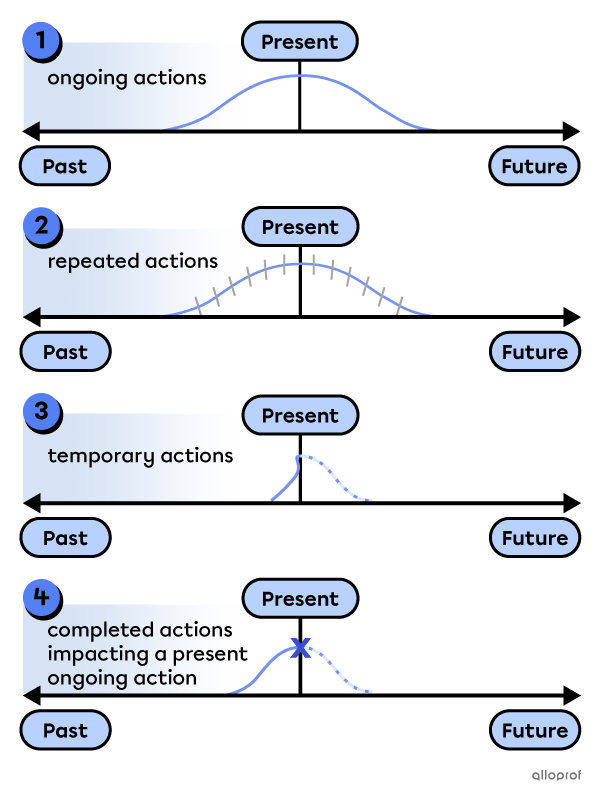
-
Describe the duration of an ongoing action
The present perfect continuous can be used when describing how long a certain action or situation has been ongoing.
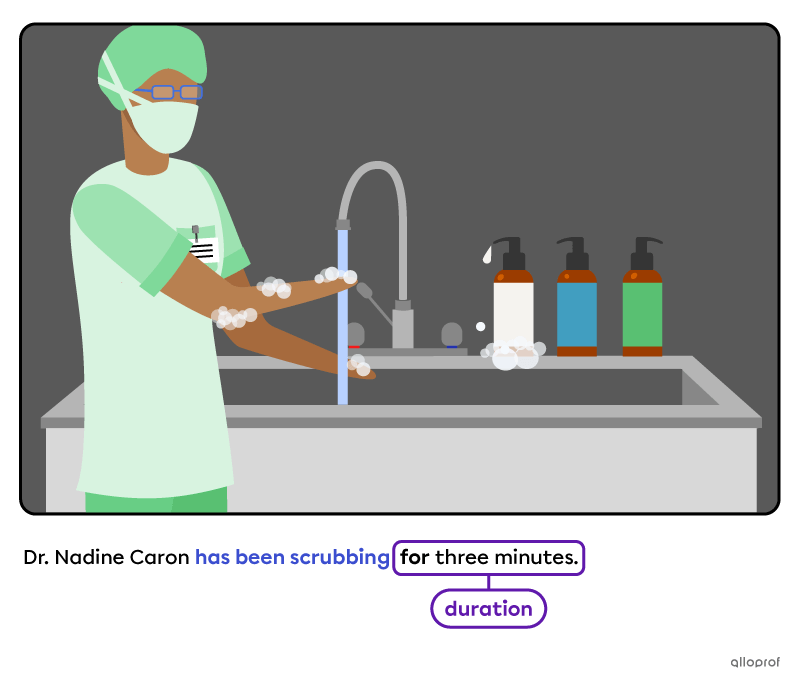
For and since are keywords used to state duration.
-
Describe repeated actions
The present perfect continuous is used to describe repeated actions that started at some point in the past and are still being repeated in the present.
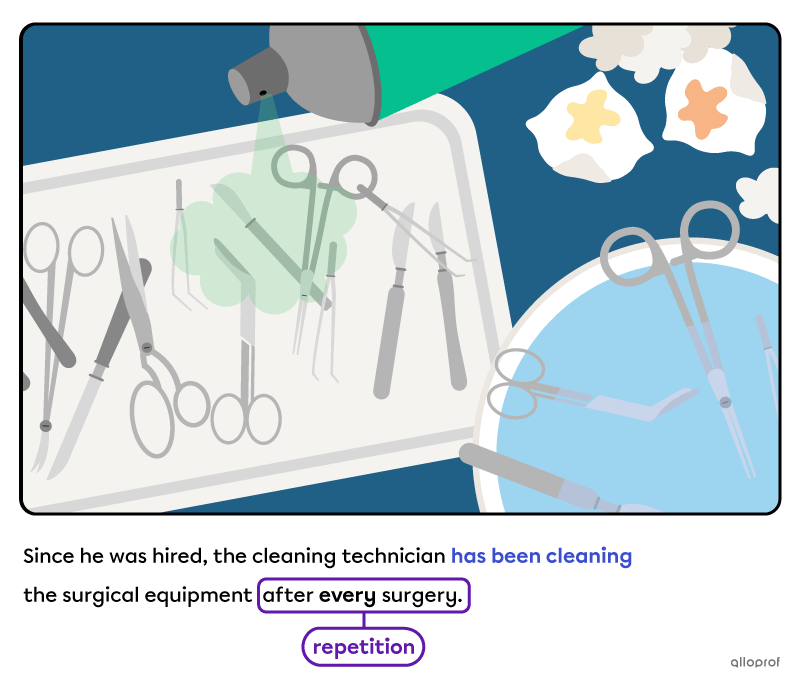
Every is a keyword used to describe repeated actions.
-
Describe temporary actions
The present perfect continuous can be used to describe present temporary actions that have been going on for a certain period of time.
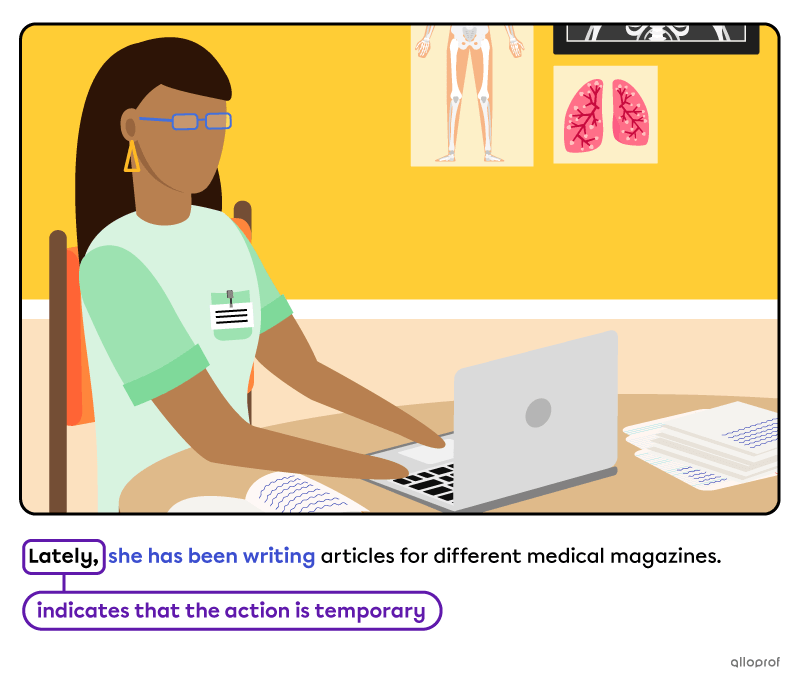
Lately and recently are keywords used to describe temporary habits and situations. They are only used with perfect tenses.
-
Completed actions still impacting the present
The present perfect continuous can be used to describe the present result or impact of an action that just finished.
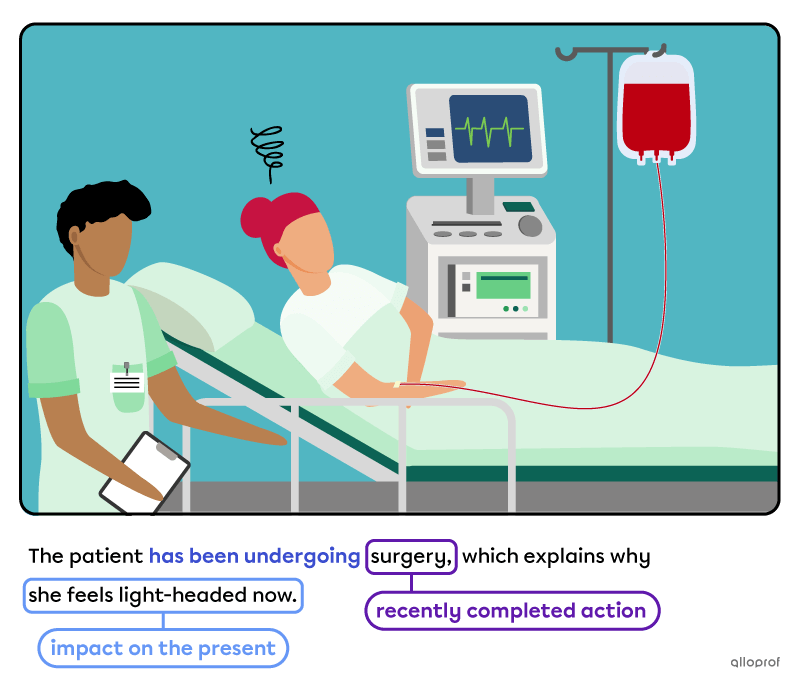
Feeling light-headed is a possible impact of a recently completed surgery.
There are differences between the simple present, the present continuous, the present perfect and the present perfect continuous.
Here are some examples to show possible uses and differences between each present tense.
She always drives to work.
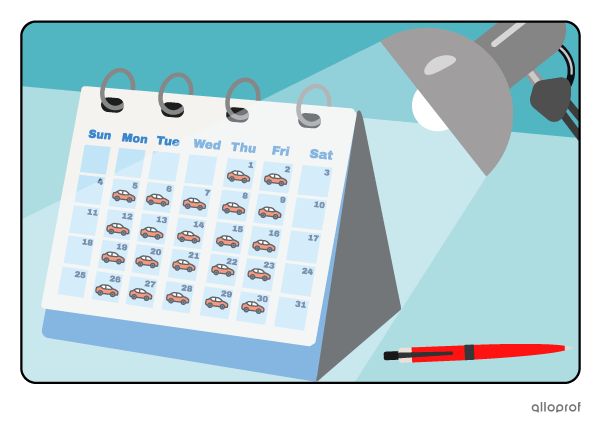
-
the commute to work routine
-
the daily repetition of the action
She is driving all night to get back to Prince George, BC.
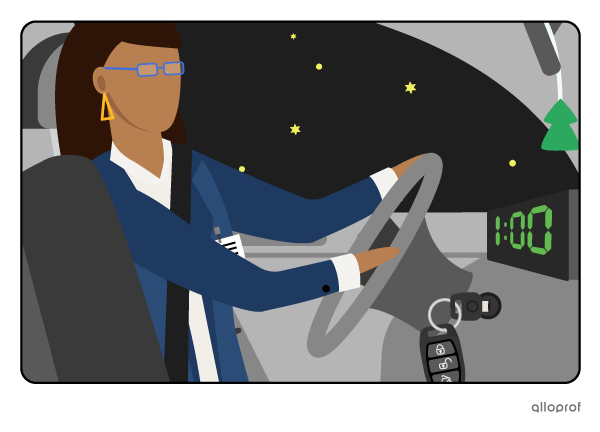
-
the ongoing action of driving
She has driven all night and now she can finally sleep.

-
the completion of the action
-
the result it has on the present
Present Perfect Continuous
She stopped to sleep because she has been driving all night. Tomorrow, she will have about an hour left to drive.

-
the duration of the ongoing action (all night)
-
the connection to the present (she is tired, so she stops driving not to fall asleep at the wheel)
Some main verbs do not always refer to a dynamic action. Stative verbs refer to states of being, emotions, opinions, preferences or senses.
Stative verbs aren’t usually used in continuous tenses since they show the state of the subject.
|
Don’t X |
Do ✔ |
|
Nadine has been loving performing this surgery. X → How she feels about the surgery isn’t an on-going action. |
Nadine loves performing this surgery. ✔ → How she feels about the surgery is a fact. |
|
The patient has been understanding the risks of this procedure. X → The patient’s understanding is not an on-going action. |
The patient understands the risks of this procedure. ✔ → The patient’s understanding is a fact. |
To form present perfect continuous affirmative sentences:
-
Place the auxiliary have or has after the subject.
-
Use the past participle form of the verb to be (been).
-
Place a verb in its continuous form (verb + ing).

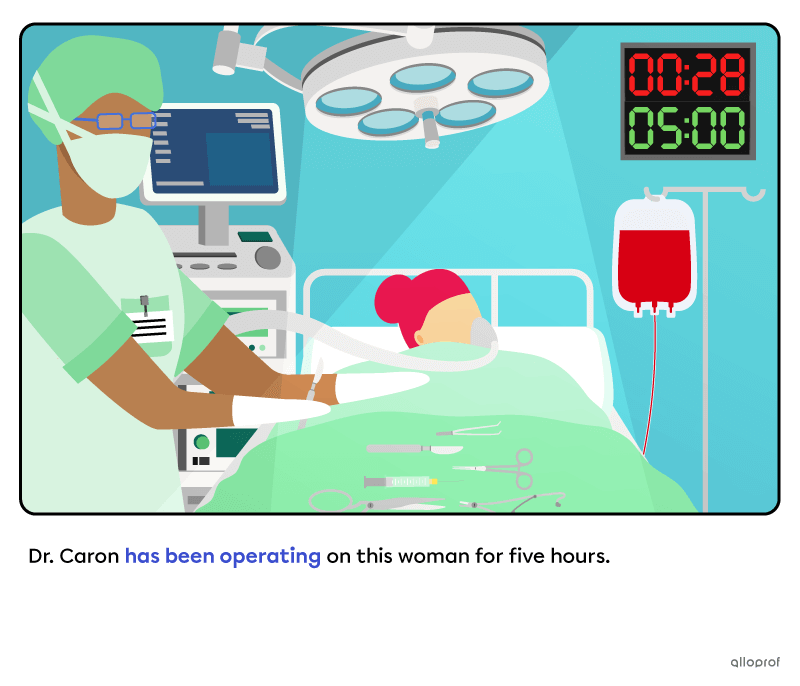
In this sentence, the present perfect continuous is used to say how long the unfinished action has been going on.
To form present perfect continuous negative sentences:
-
Place the auxiliary have or has after the subject.
-
Place the function word not.
-
Use the past participle form of the verb to be (been).
-
Place the continuous form of the verb (verb + ing).


Hasn’t is the contracted form of has not.
In this sentence, the present perfect continuous is used to talk about a temporary or recent situation.
To form questions in the present perfect continuous:
-
Start with the auxiliary have or has.
-
Use the past participle form of the verb to be (been).
-
Use the continuous form of the verb (verb+ing).
-
Add a question word at the beginning of the sentence.



The examples used in this page were inspired by Dr. Nadine Caron, who is the first Indigenous woman to have become a general First Nation surgeon in Canada. To learn more about her, visit this website.